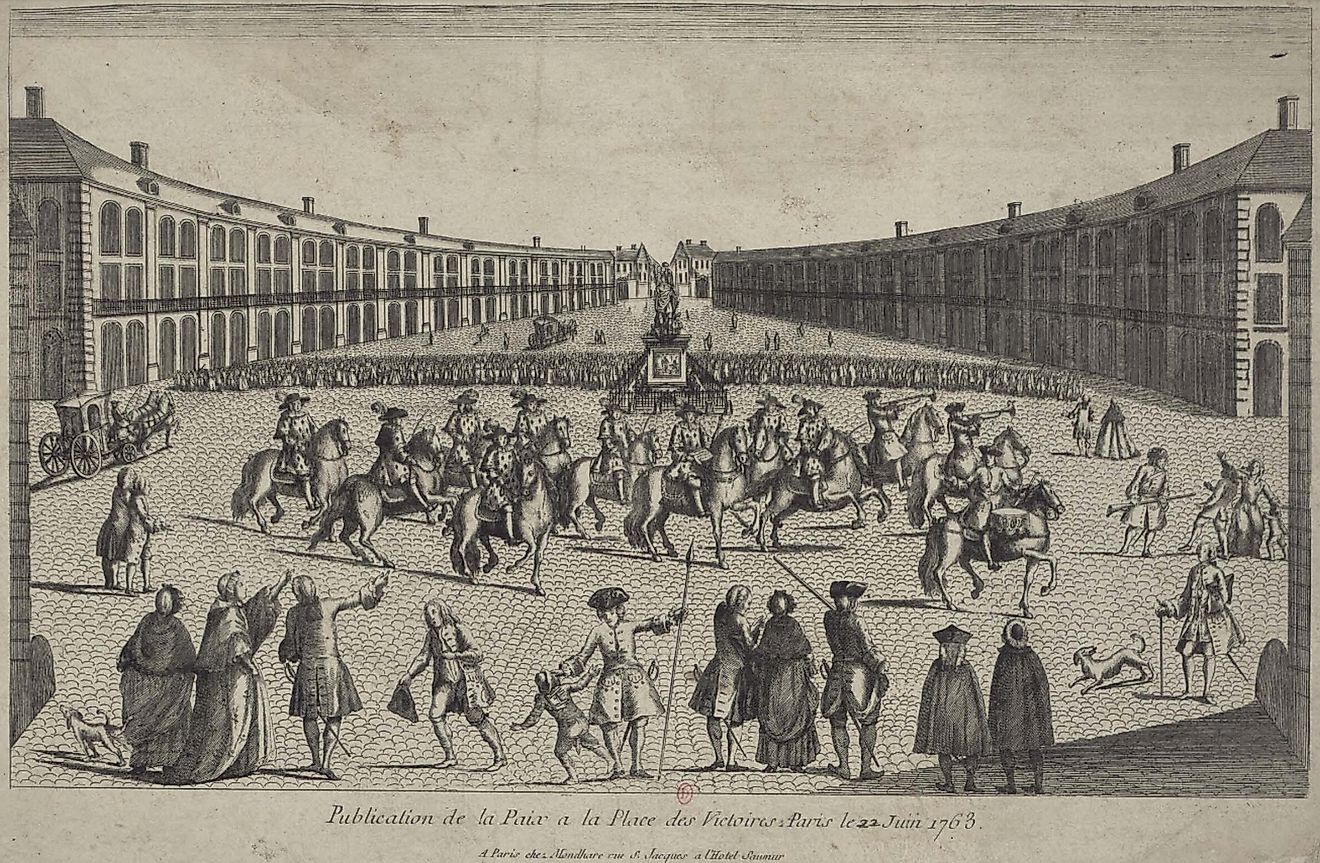
Göbekli Tepe, The 12,000-Year-Old Site That Shouldn’t Exist
Around 6,000 years before the early peoples of Britain were gathering at Stonehenge, a similar structure was being painstakingly constructed thousands of miles away in the hills of Turkey near the Syrian border. The pre-Neolithic structure of Göbekli Tepe has intrigued and puzzled archaeologists and historians for decades. Large circles of towering limestone T-shape pillars dominate the site, some rising 16 feet into the sky. Through radiocarbon dating, scientists have established that Göbekli Tepe was built between the years 9600 B.C.E. and 8200 B.C.E., but they still don’t know exactly why.
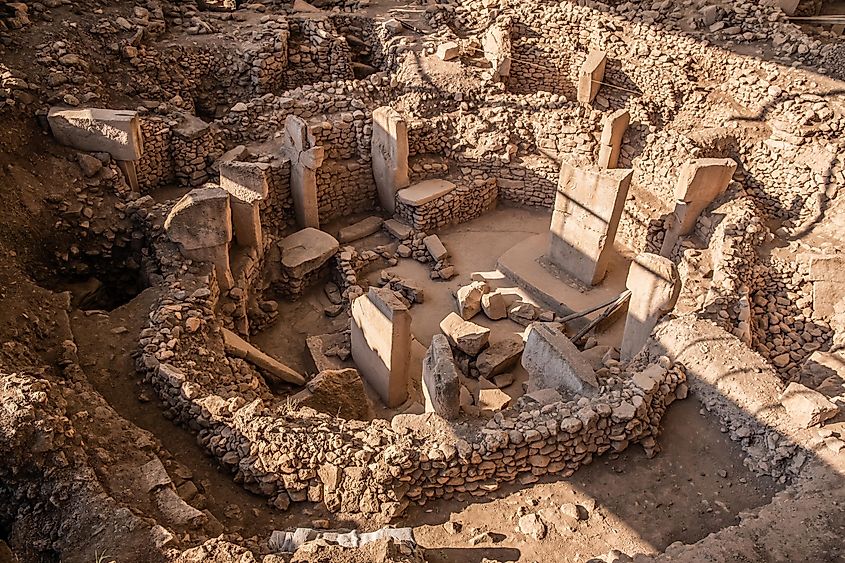
Theories have been vigorously discussed and debated since the site was first uncovered in the 1960s, with some suggesting it’s a temple, others a burial place. Recent research adds to the speculation with signs that there was a permanent settlement in the area. While there are many unanswered questions around this ancient mystery, its importance is beyond doubt.
One of the most astounding things about the site is its timing. Built before agriculture, before pottery, and possible before organized religion as we understand it today, it’s hard to imagine the civilization that managed to erect such a sophisticated monument with its huge pillars and intricate carvings.
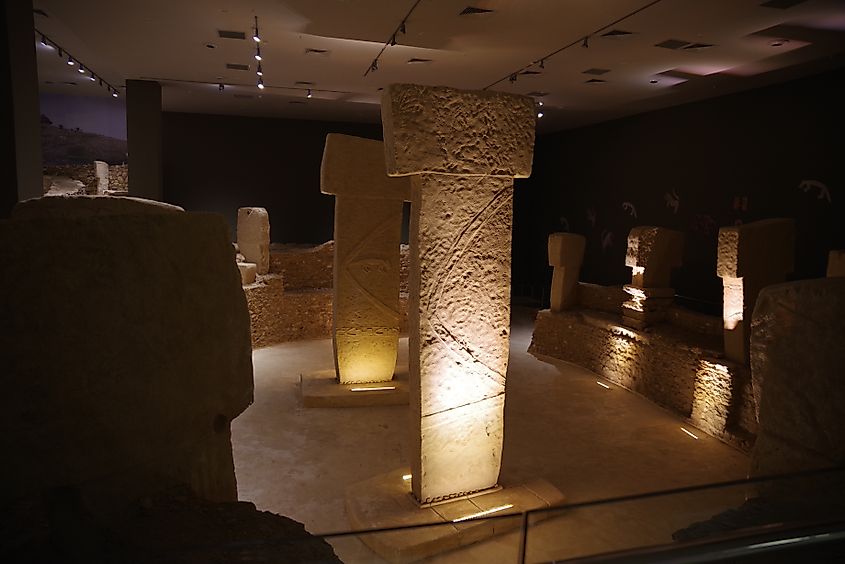
Pillars of Göbekli Tepe. Editorial credit: Ciga / Shutterstock.com
For one thing, Göbekli Tepe was built in the pre-Neolithic age when humans were hunter-gatherers, living a nomadic lifestyle and moving in small groups. Building Göbekli Tepe would have required the workers to settle in one place during its construction, leading some archaeologists to theorize that the site prompted, or at least heralded, the development of agriculture. If people were going to build and attend a place of worship, they would’ve needed the means to form a self-sustaining settlement there.
In this way, discoveries at Göbekli Tepe are rewriting the story of human history, filling in some of the blanks around the civilizational shift in early peoples from hunter-gatherers to farmers. Work at the site is ongoing and new theories are developing as this sacred space spills its secrets.
Excavating Göbekli Tepe

There are over 20 structures at Göbekli Tepe, made up of large limestone pillars. Some of these pillars are over 16 feet tall, and at least one is estimated to weigh about 50 tons. Arranged in rings, the pillars aren’t all uniform. Some display finely wrought carvings of animals including foxes, scorpions, lions, and vultures. Others feature designs of humans and pieces of clothing. The pillars themselves appear to be anthropomorphic, decorated with what appear to be arms and faces.
After being discovered in the 1960s, Göbekli Tepe was abandoned in favor of other digs in the area. Revived again in the 1990s, this next phase of research uncovered several more structures allowing archaeologists to categorize them into ordinary buildings and special buildings.
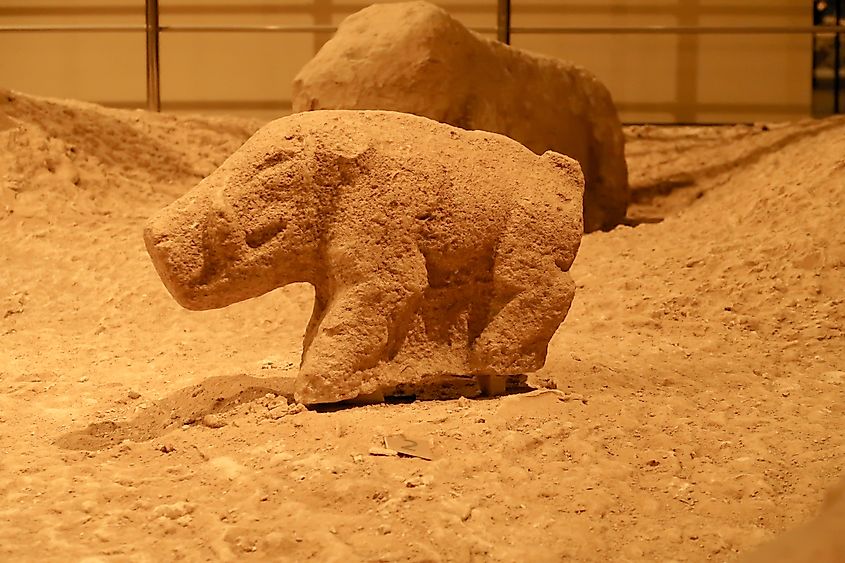
The special buildings are those that show no evidence of occupation and boast the largest, most ornate pillars. From the structure of the pillars — some facing inwards, some angled towards others — archaeologists believe these structures were an important, perhaps sacred, meeting place.
There have been many fascinating artifacts dug out of the ground at Göbekli Tepe but one in particular has captured public imagination. In 2023, researchers unearthed a life-sized statue of a wild boar estimated to be around 10,500 years old. Placed between pillars, the statue was clearly a focal point of the structure it was found in and was even decorated. Red, white, and black pigment was found on its head and body.
Farmers or Hunter-Gatherers?
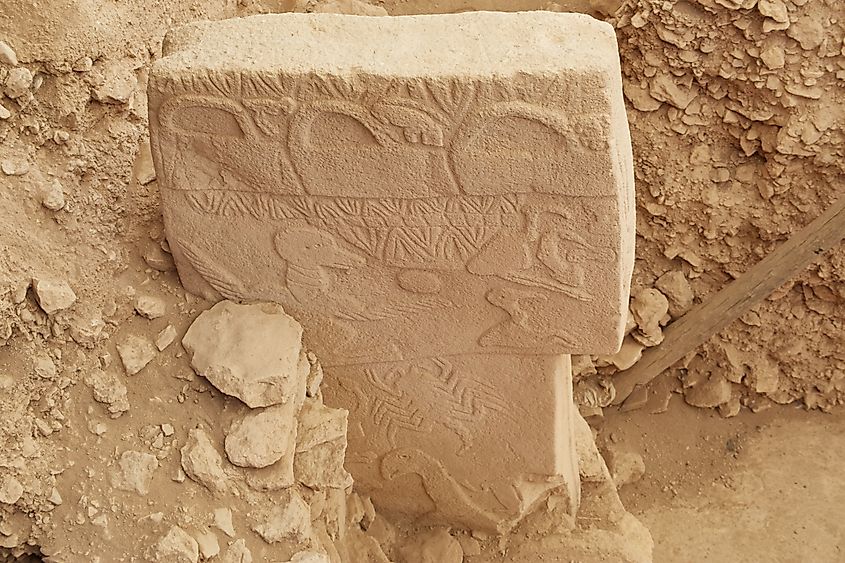
The people who built and used Göbekli Tepe did so in between eras, at the time of a great societal shift. The world was transitioning from a more nomadic culture to settlements that could support themselves as they grew through farming crops, domesticating animals, and storing food.
So which were the people of Göbekli Tepe, hunter-gatherers or farmers? Given the unusual nature of the temple-like structures, the original theory placed them firmly in the former camp but, as more was unearthed from the site, the picture became blurry.
The discovery of new buildings in the 2000s showed that people weren’t just occasionally coming to Göbekli Tepe to worship or gather. Discoveries of fragments of human bones suggest a settlement where people were living full-time.
The anomaly however is that archaeologists haven’t found any evidence of farming. Bone fragments from the site show that the people were surviving on the usual hunter-gatherer fare of wild animals (in this case gazelle) and wheat. The people of Göbekli Tepe appear to have had a foot in both camps, wanting to settle down but not quite ready to start farming.
Exploring Göbekli Tepe

In 2018, Göbekli Tepe became a UNESCO World Heritage Site and, as a result, is now a major contributor to Turkey’s tourism industry. Although the site is an active excavation, it is open to the public and has a Visitors Center and accessible walking paths.
The closest airport to Göbekli Tepe is in the nearby city of Şanlıurfa. First time visitors are encouraged to see the Şanlıurfa Archaeological Museum while they’re in the city. Home to around 10,000 ancient artifacts, the museum has an extensive exhibit on Göbekli Tepe that goes into detail on its origins and construction and includes a detailed replica of the stone circles.
Over 2.5 million people have visited Göbekli Tepe since it first opened to the public in 2019. As they wander the site, these travelers are walking in the footsteps of one of the world’s most ancient civilizations. Every discovery made at this important place helps us bridge the gap across the millennia to gain incredible insights into how early peoples lived.

